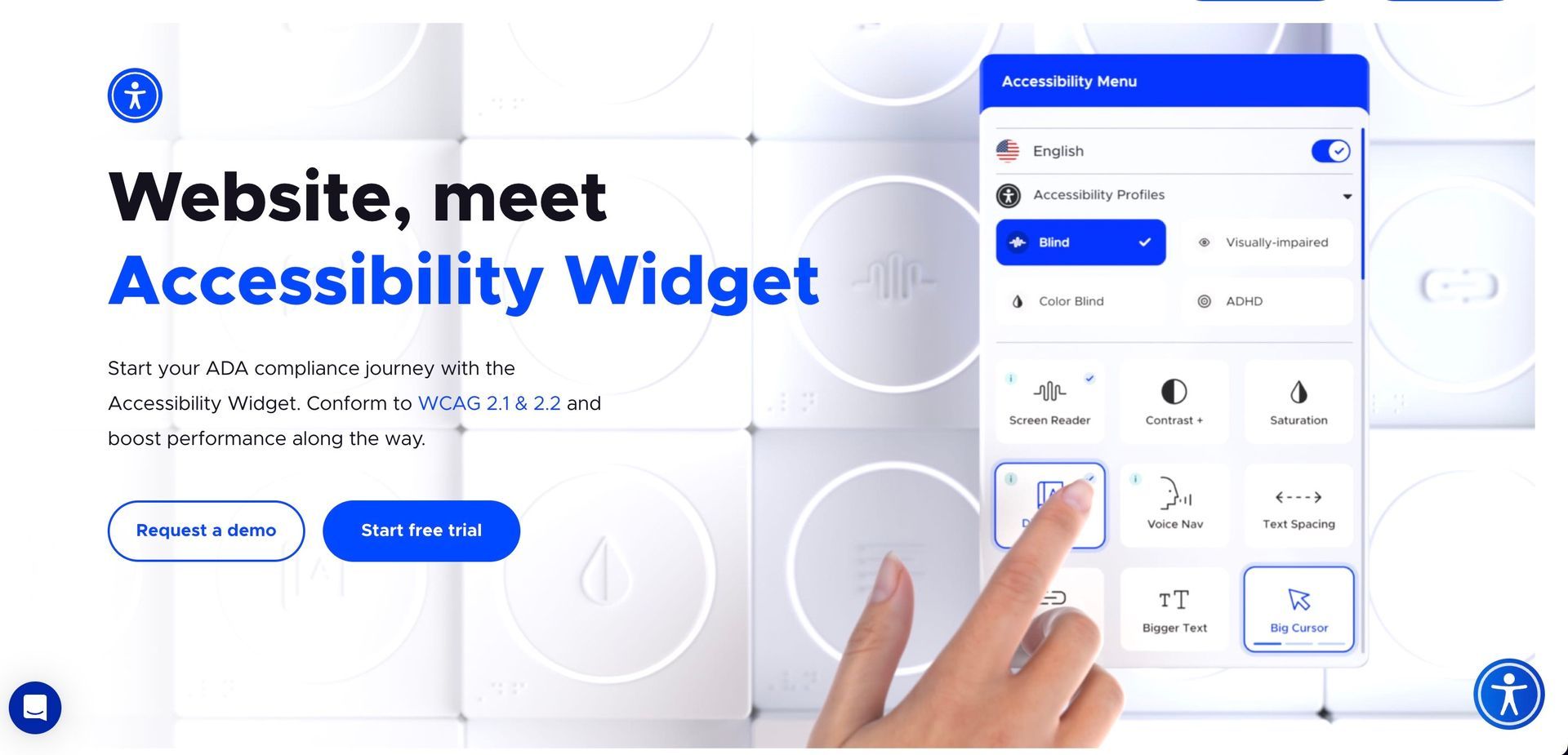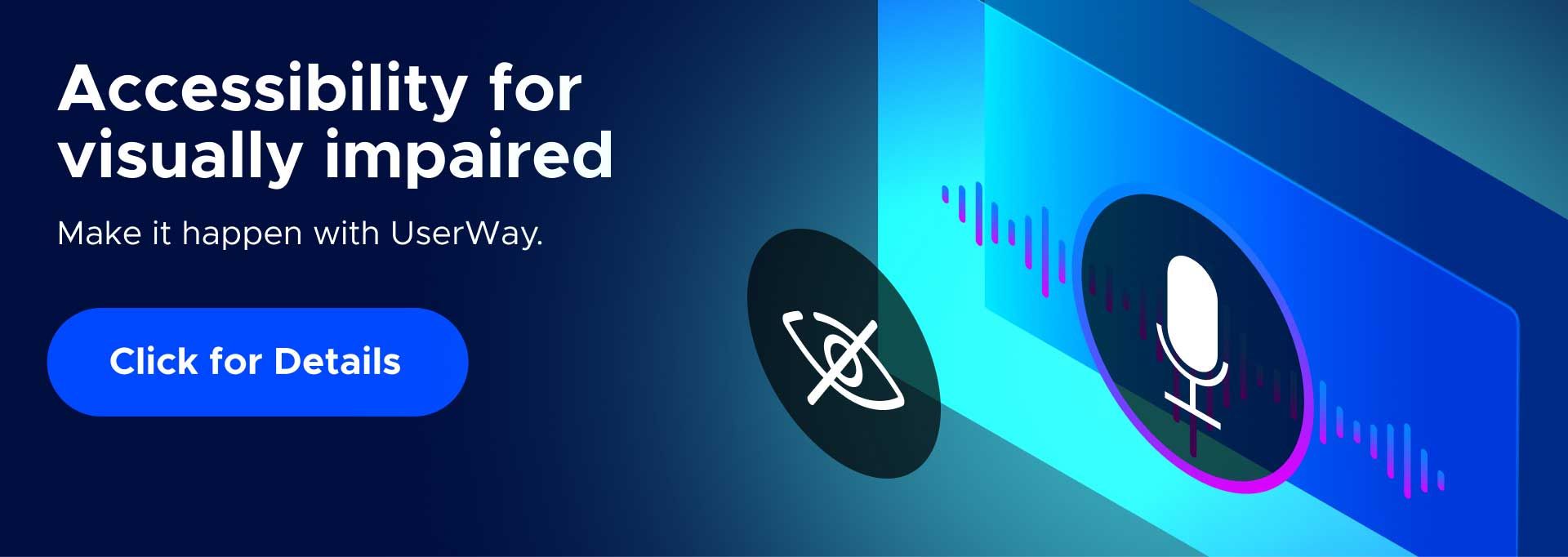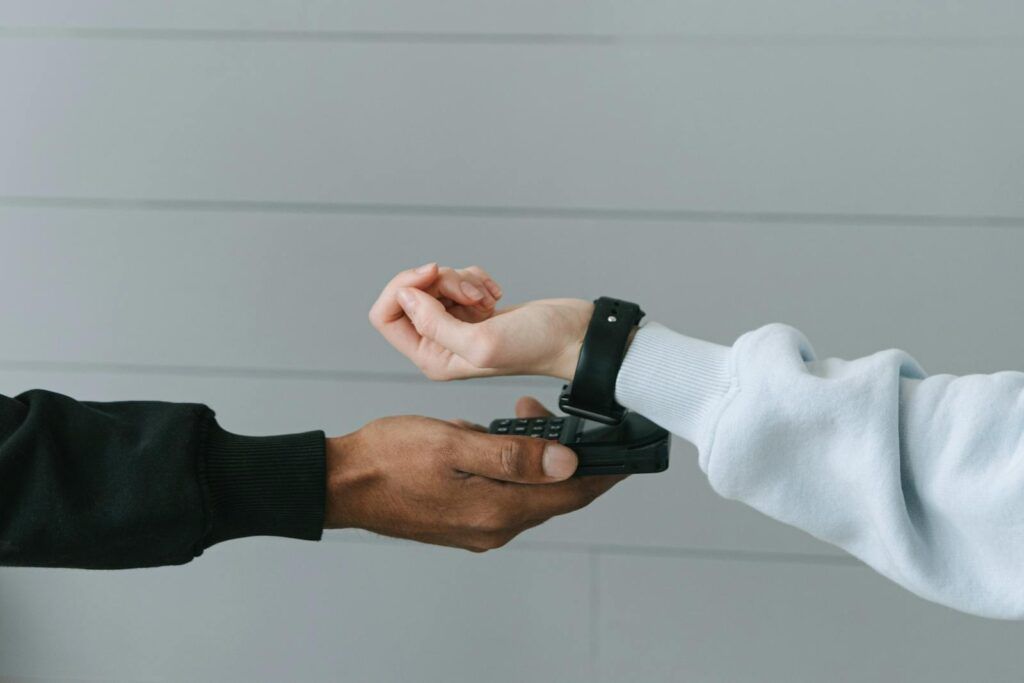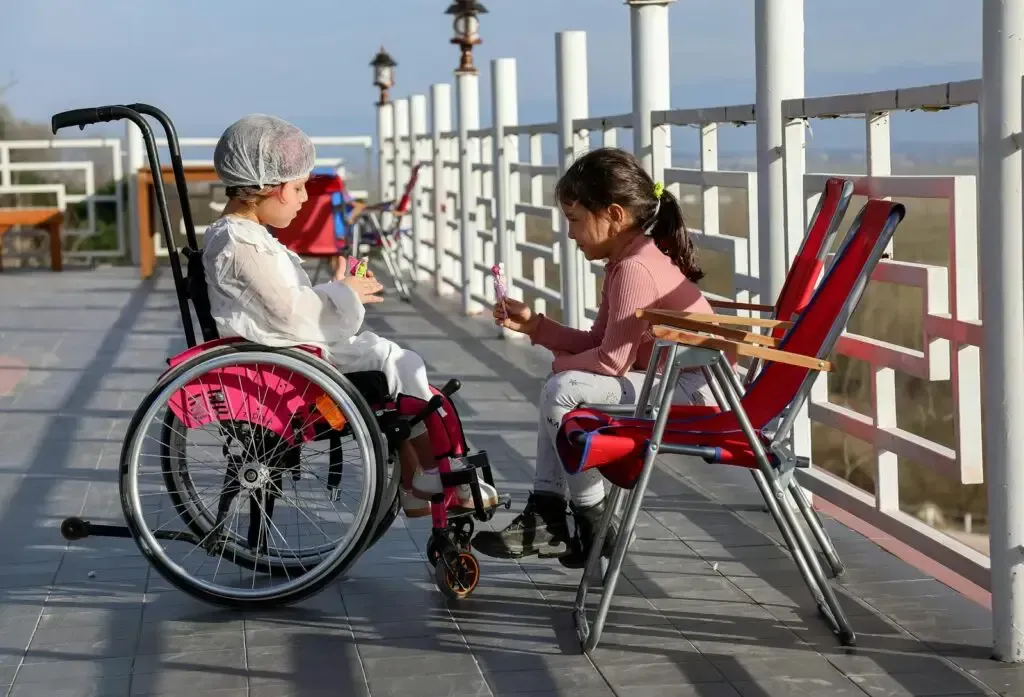The Ultimate Guide to Adaptive Sports and Recreation
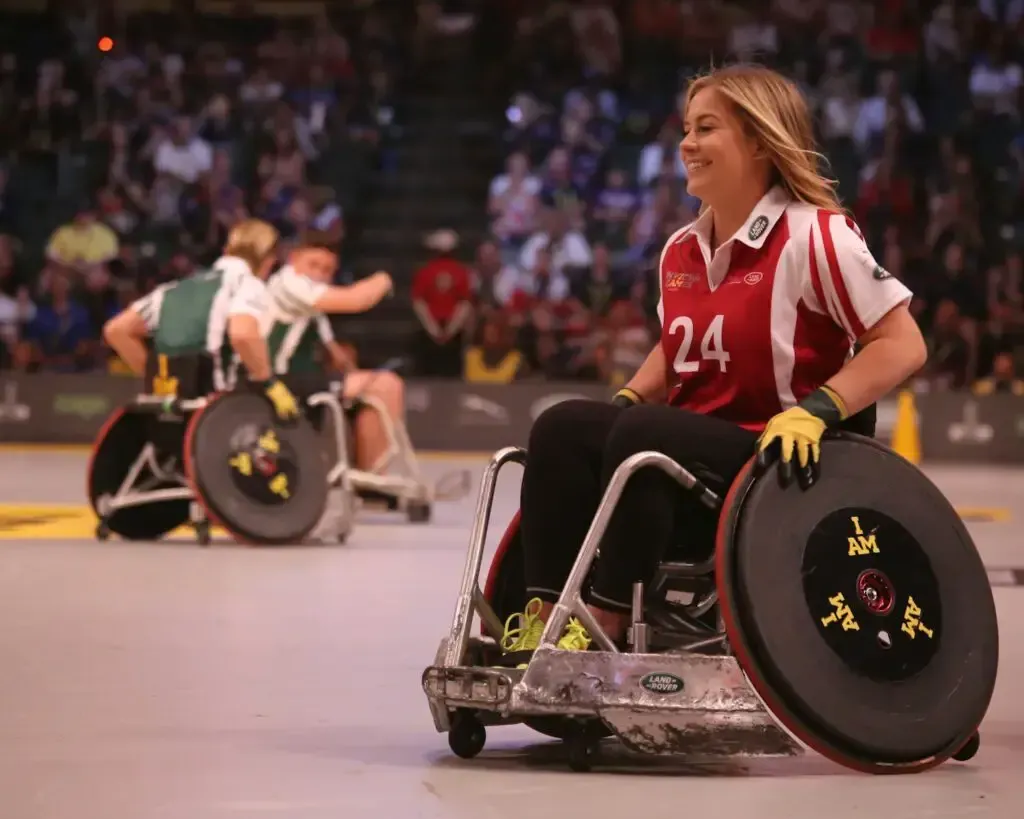
Adaptive sports have paved the way for a new paradigm in athletics that champions inclusivity and accessibility. These specialized activities are tailored to meet the needs of individuals with disabilities, fostering a world where everyone can engage in competitive and recreational sports. The rise of adaptive sports is more than just a trend; it’s a testament to athletes’ resilience and indomitable spirit worldwide.
This guide highlights how adaptive sports contribute to inclusion, health, and well-being and outlines ways to get involved in this transformative movement.
Understanding Adaptive Sports
What is Adaptive Sport?
Adaptive sports are athletic activities modified to accommodate the abilities of individuals with disabilities. They can range from well-known games like basketball and volleyball adapted to newer, innovative sports specifically created for adaptive athletes. Technology plays a pivotal role here; with advancements in engineering, prosthetics, and equipment design, adaptive sports continue to evolve, making them more accessible and enjoyable for participants.
The Role of Innovation in Adaptive Sports
Innovation has radically transformed adaptive sports, giving rise to cutting-edge equipment and assistive devices. Ingenious wheelchairs designed for speed and maneuverability, prosthetic limbs for runners and swimmers, and tactile devices for visually impaired athletes are just a few examples. These advancements not only level the playing field but often push the boundaries of what’s possible in sports, reflecting a growing sector that is increasingly embraced by communities across the globe.
The Benefits of Adaptive Sports
I participate in adaptive sports that yield many benefits spanning the physical, psychological, and societal spectrum. Physiologically, adaptive sports provide tailored exercises that enhance fitness, increase mobility, and act as a catalyst for rehabilitation. The psychological gains are equally impressive; from bolstered self-esteem to mitigated symptoms of depression and anxiety, the impact of these sports on mental health is profound.
Moreover, adaptive sports serve as robust vectors for socialization. They carve out spaces where athletes can forge connections, share experiences, and establish a sense of belonging within a supportive community. Athlete testimonies routinely echo these sentiments, amplifying the transformative impact and fulfilling experiences garnered through participation in adaptive sports.
Essential Adaptive Sports and How They’re Adapted
Wheelchair Basketball
Often, wheelchair basketball captures the spotlight as one of the most popular adaptive sports. It adheres to rules similar to its traditional counterpart, with modifications like the classification system, which ensures fair competition. The sport utilizes specially designed wheelchairs that are agile and robust, allowing athletes to move swiftly and safely on the court.
Sitting Volleyball
Another crowd favorite is sitting volleyball, which lowers the net and alters the court dimensions to accommodate athletes who play while seated. This dynamic sport emphasizes teamwork and agility and embodies the inclusivity spirit central to adaptive sports.
Adaptive Skiing
In the realm of winter sports, adaptive skiing offers a liberating experience powered by equipment such as mono-skis and bi-skis. These sophisticated devices empower athletes with mobility impairments to conquer snowy slopes and partake in the thrilling escapades that skiing offers.
Getting Started with Adaptive Sports
Several viable pathways exist for those looking to dive into the world of adaptive sports. Local clubs and community centers are excellent starting points, many offering programs catering to various interests and skill levels. It is essential to consult healthcare professionals to determine the most suitable sporting activities. They can provide guidance tailored specifically to individual abilities and fitness considerations. Moreover, valuable resources can be found online regarding adaptive sports equipment and potential avenues for financial support, ensuring that the barrier to entry is as nominal as possible.
Spotlight on Adaptive Sports Organizations
Around the globe, myriad organizations champion the adaptive sports cause. From the International Paralympic Committee’s strides in international competitive sports to organizations like Disabled Sports USA and the Special Olympics, the support network is vast and multifaceted. These entities endeavor to promote sports and incubate communities, advocate for rights, and engender a culture wherein adaptive athletes can thrive. Engaging with these organizations can provide knowledge, resources, and solidarity within the adaptive sports landscape.
The Future of Adaptive Sports
As we gaze towards the future, adaptive sports are poised to continue their upward trajectory. New sports are consistently imagined and developed while technology steers the course toward more sophisticated and accessible equipment. Nonetheless, challenges persist, ranging from funding to awareness. The opportunities, however, are boundless—with the right encouragement and support, adaptive sports can witness exponential growth and further entrench themselves within the mainstream consciousness.
Conclusion
In the journey of adaptive sports and recreation, every step forward marks progress for individual athletes and society. This guide serves as a beacon, illuminating the possibilities, celebrating achievements, and encouraging individuals and communities to contribute to this life-changing movement. Whether through participation or support, everyone plays a role in advancing the ethos of adaptive sports and ensuring that the roads to recreation and competition remain open.
Resources and Further Reading
The resources compiled here serve as gateways to more profound insights into the world of adaptive sports. They provide information on organizations, events, and articles that will enrich your understanding and patronage of these inspiring athletic endeavors.
- International Paralympic Committee
- Disabled Sports USA
- Special Olympics
- Adaptive Sports Center
- Challenged Athletes Foundation
Frequently Asked Questions (FAQs)
What is adaptive sport?
Adaptive sport refers to competitive or recreational sports designed or modified for individuals with disabilities.
What is adaptive recreation?
Adaptive recreation encompasses leisure activities and sports tailored to the abilities and needs of individuals with impairments.
What is the most popular adaptive sport?
Wheelchair basketball is among the most popular and widely recognized adaptive sports worldwide.
Join our newsletter
Recent Blog Posts


